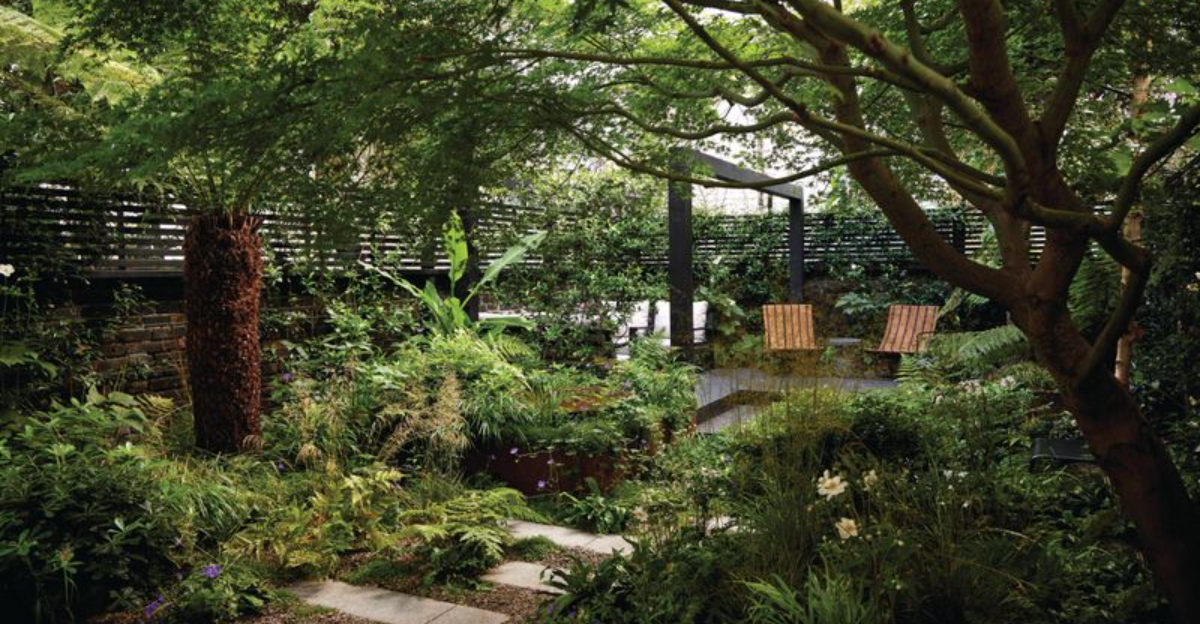Misty mornings and moss-covered pathways are whispering through our modern landscapes once more. The lush extravagance of Victorian gardens—once considered fussy and old-fashioned—has found its soul mate in our climate-conscious, beauty-starved era.
As we seek refuge from digital overwhelm and sterile minimalism, these romantically overgrown sanctuaries offer both escape and connection to something deeper than the latest design fad.
1. Heritage Roses Return With Their Intoxicating Scents
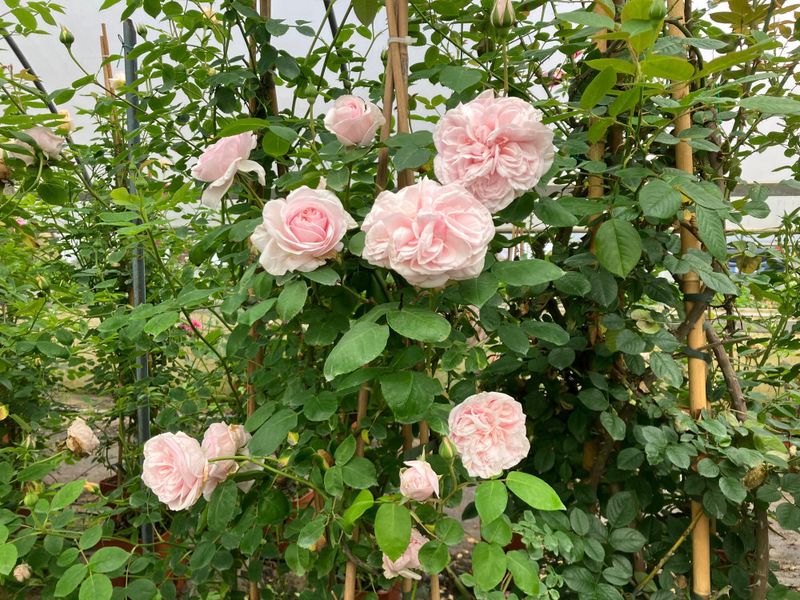
Forgotten varieties with names like ‘Souvenir de la Malmaison’ and ‘Comte de Chambord’ are perfuming gardens again. Unlike their scentless modern cousins bred only for looks, these historical blooms carry fragrances that stop you mid-step.
Gardeners rediscovering these antique roses find them surprisingly hardy and disease-resistant—qualities bred out of many contemporary hybrids. Their blowsy, multilayered petals unfold stories from another century while their roots sink comfortably into our own.
2. Secret Garden Walls Create Intimate Microclimates

Borrowed from Victorian estate design, garden walls are staging a quiet revolution in urban and suburban spaces. Even modest enclosures transform ordinary yards into mysterious retreats while creating protected growing environments.
Brick, stone, or simple wooden structures draped with climbing vines define garden rooms and block unsightly views. Beyond privacy, these boundaries trap heat, extend growing seasons, and whisper possibilities of what might flourish behind their protective embrace.
3. Miniature Glasshouses Become Backyard Focal Points
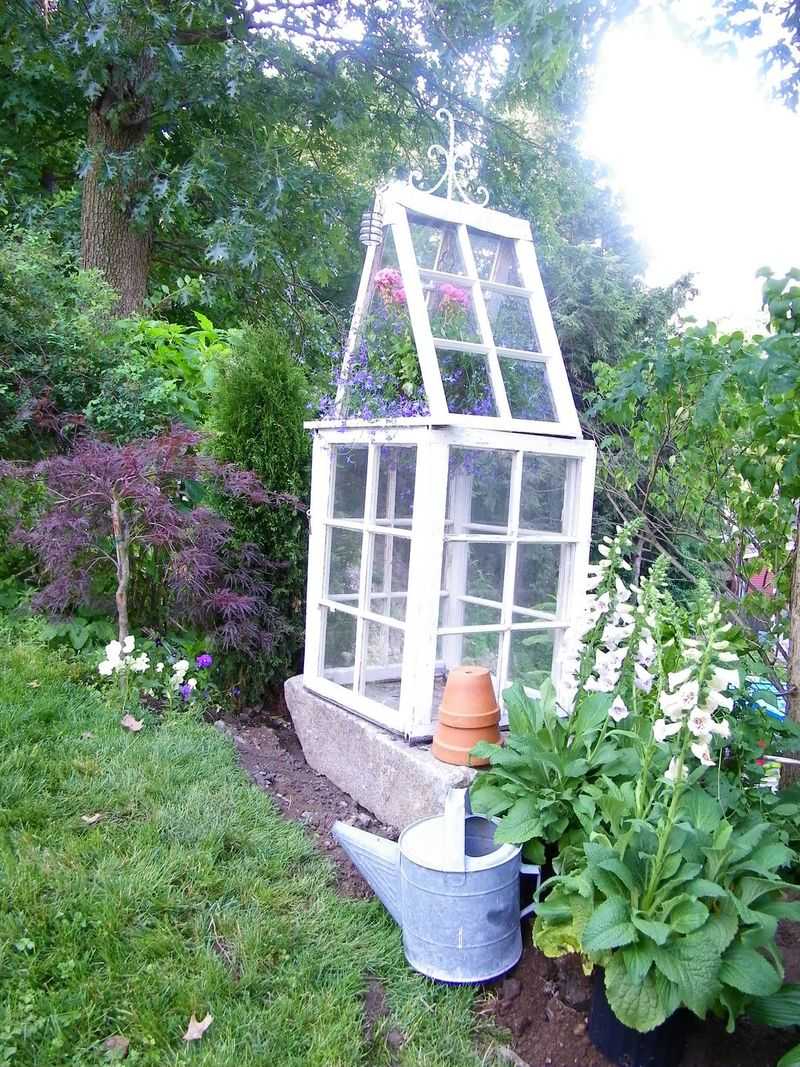
Scaled-down versions of Victorian conservatories are popping up in gardens of all sizes. Crafted from salvaged windows and vintage doors, these charming structures protect tender plants while doubling as garden retreats.
Morning coffee among orchids and ferns feels decadently old-world. Some gardeners build modest versions using reclaimed materials, while others invest in architectural replicas complete with decorative finials and cresting.
Either way, these glass jewel boxes capture light, extend seasons, and celebrate plant-obsessed Victorian sensibilities.
4. Cottage Garden Abundance Replaces Minimalist Landscapes
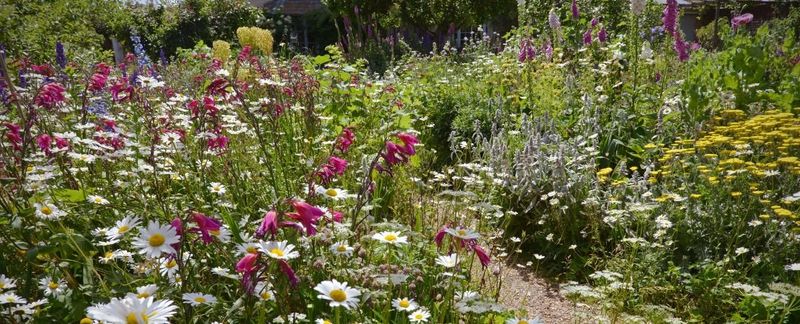
Rebelliously overstuffed flowerbeds challenge decades of sparse, low-maintenance landscaping. Layered plantings where foxgloves tower over forget-me-nots, with roses scrambling through it all, create living tapestries that change weekly.
Victorians mastered this seemingly chaotic abundance—planting densely not just for beauty but to suppress weeds naturally. Modern gardeners rediscovering this approach find it surprisingly practical.
Plants supporting plants create ecosystems that require less intervention once established, bringing wildlife and wonder back to formerly sterile yards.
5. Curved Gravel Pathways Lead To Hidden Discoveries
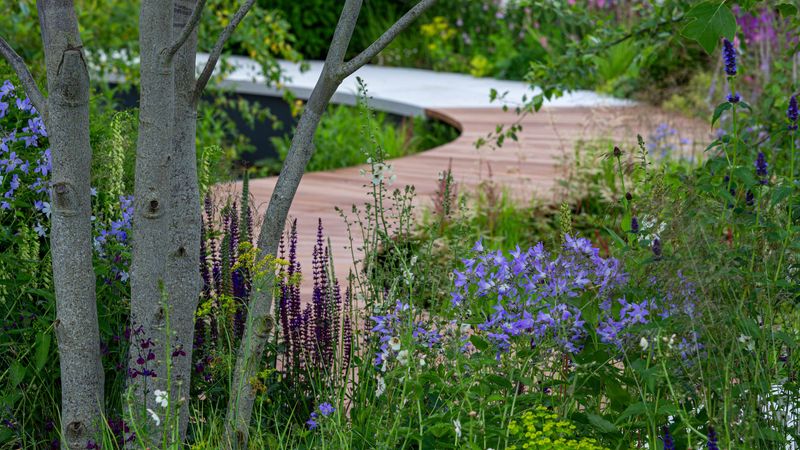
Meandering rather than marching, Victorian-inspired garden paths invite slower journeys through outdoor spaces. Gentle curves disappearing around corners promise surprises worth discovering—a bench, a birdbath, or simply a new perspective.
Crushed stone, brick set in herringbone patterns, or stepping stones embraced by creeping thyme create textural interest underfoot.
Unlike stark modern walkways that efficiently connect points A and B, these romantic routes celebrate the journey itself, encouraging wandering spirits and unexpected moments of delight.
6. Ornate Iron Furnishings Weather Gracefully With Age
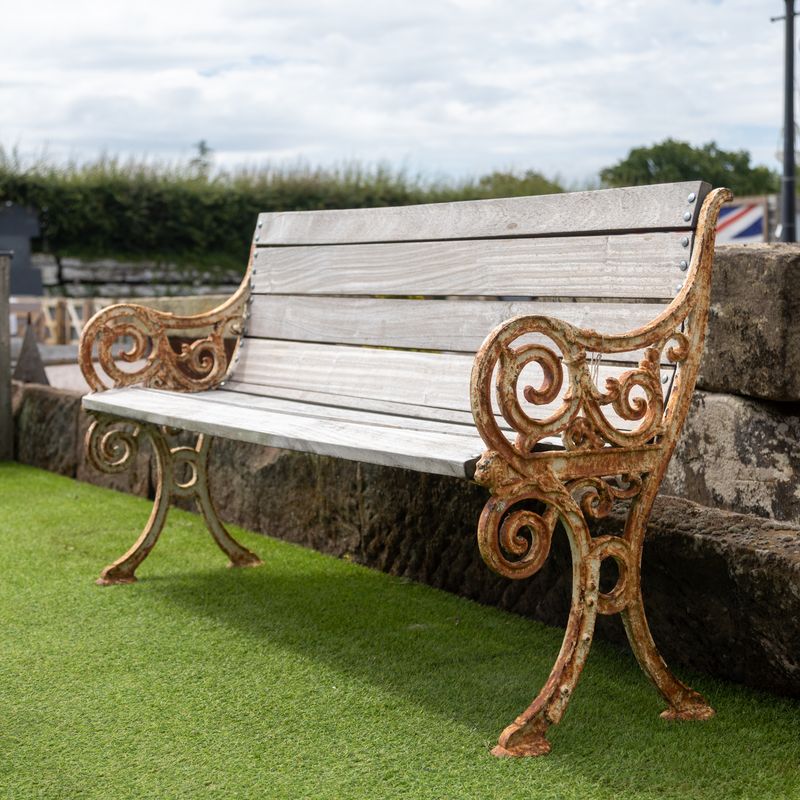
Scrolling ironwork benches nestled among climbing roses capture Victorian romance in modern spaces. Antique or reproduction, these sturdy pieces develop character as they weather, moss gathering in crevices and paint gently chipping away.
Flea markets and architectural salvage yards yield forgotten treasures—plant stands, trellises, and gates—that anchor contemporary gardens in historical charm.
7. Floriography Brings Meaning To Planting Choices
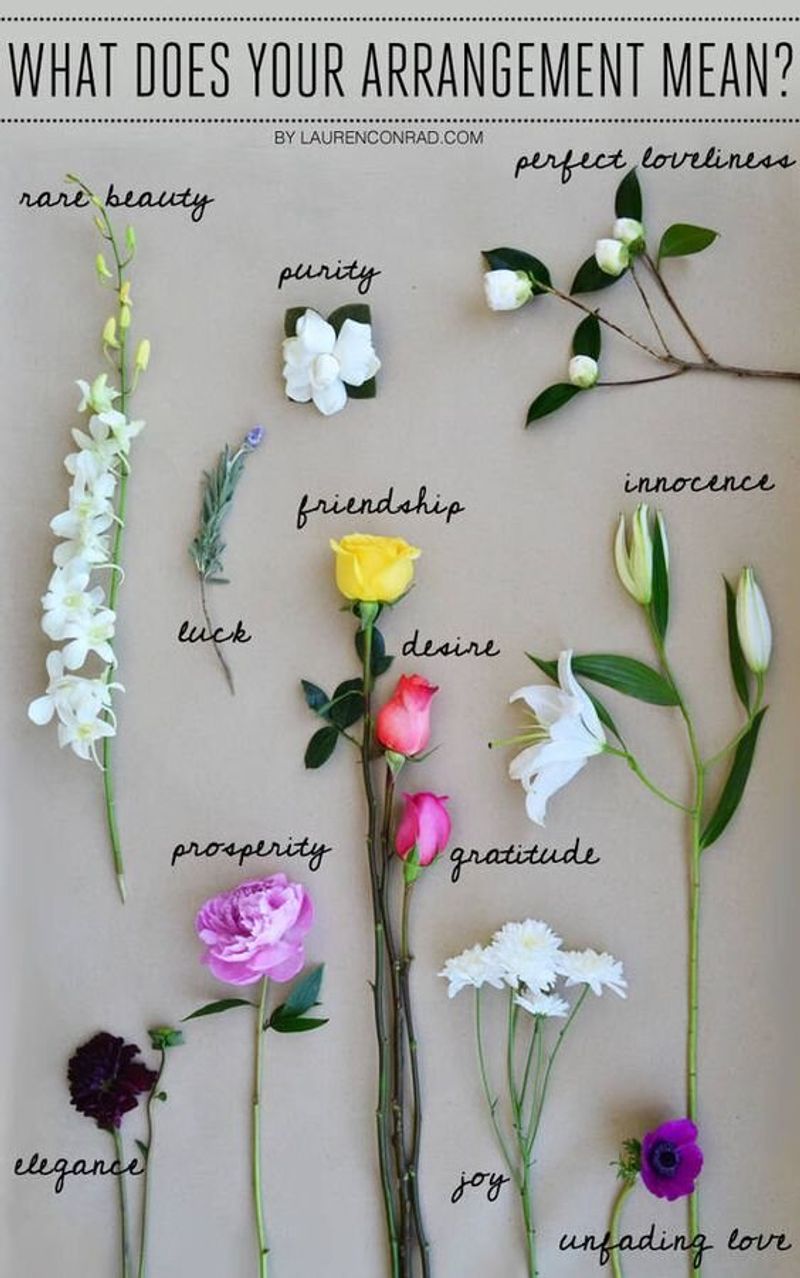
Victorians never just planted flowers—they composed messages. Reviving this secret language where forget-me-nots profess true love and rosemary stands for remembrance adds layers of meaning to modern gardens.
Contemporary gardeners select blooms not just for color coordination but for the stories they tell. Wedding gardens incorporate orange blossoms for fertility and roses for passion.
Memorial gardens feature cypress for mourning and purple violets for faithfulness. This emotional dimension transforms ordinary landscapes into personal narratives written in living ink.
8. Whimsical Topiaries Add Playful Structure
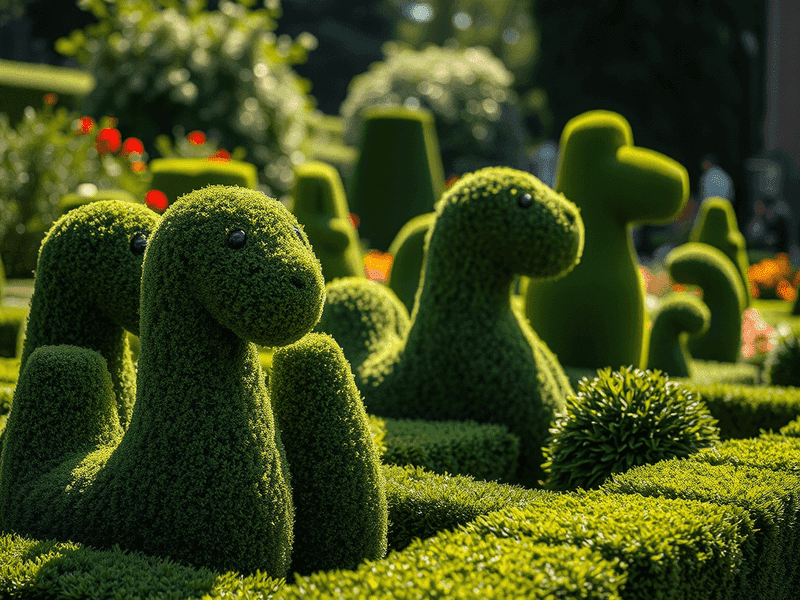
Sculpted shrubs shaped into spheres, spirals, and even animals bring Victorian whimsy to contemporary spaces. Small-scale versions in containers suit modern patios, while larger specimens create garden focal points that change with seasons.
Boxwood, privet, and yew patiently conform to gardeners’ visions, their clipped forms contrasting beautifully with billowing perennials.
9. Climbing Vines Transform Vertical Surfaces
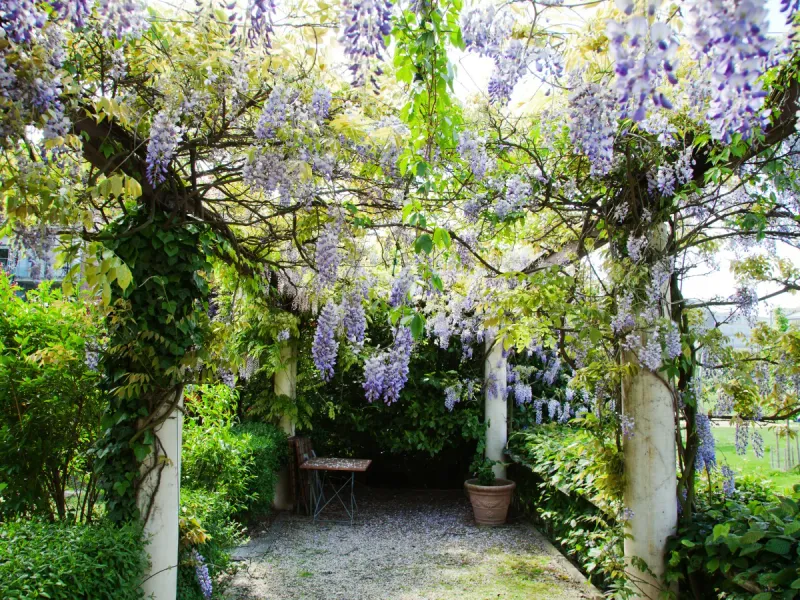
Walls and fences disappear beneath clematis, wisteria, and climbing roses—a Victorian technique transforming boundaries into blooming canvases. Modern gardeners rediscover these vertical players as solutions for tight spaces and privacy screens.
Morning glories scramble up simple strings while century-old wisteria vines twist into gnarled sculptures. Trained over arbors, these climbers create living ceilings dappling sunshine onto garden gatherings.
Their seasonal transformations—from bare architectural bones to explosive blooms—bring dynamic energy to otherwise static spaces.
10. Ornamental Bird Baths Attract Feathered Visitors
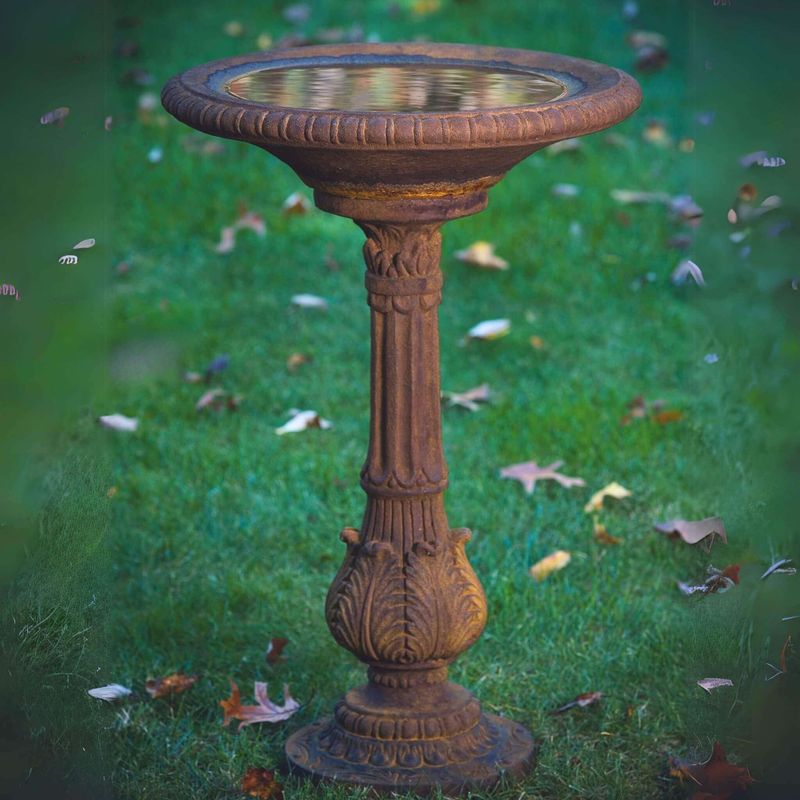
Pedestal birdbaths—once Victorian garden staples—are making splashy comebacks as focal points and wildlife magnets. Their classical forms in stone, ceramic, or cast iron bring architectural presence to flower beds while serving practical purposes.
Birds bathing become living garden ornaments, their movements and songs animating outdoor spaces. Beyond aesthetics, these water features support biodiversity as habitat loss threatens urban wildlife.
Placed where they catch morning light, their rippling surfaces scatter diamond reflections across surrounding plants.
11. Fern Grottos Create Cool Woodland Retreats
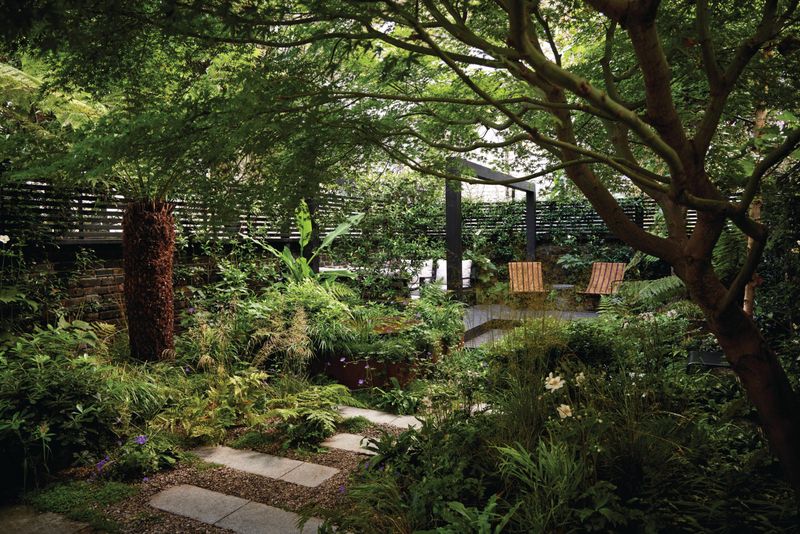
Shady corners transform into mysterious Victorian-inspired fern grottos—lush refuges during summer heat. Maidenhair, Japanese painted ferns, and native species unfurl their prehistoric fronds alongside shade-loving companions like bleeding hearts and toad lilies.
Moss-covered logs and weathered stone benches complete these contemplative spaces. In our warming climate, these cool retreats provide psychological and literal relief. Their primeval appearance connects gardeners to Victorian-era fascination with ferns—a craze so intense it earned its own name: pteridomania.
12. Salvaged Architectural Elements Tell Garden Stories
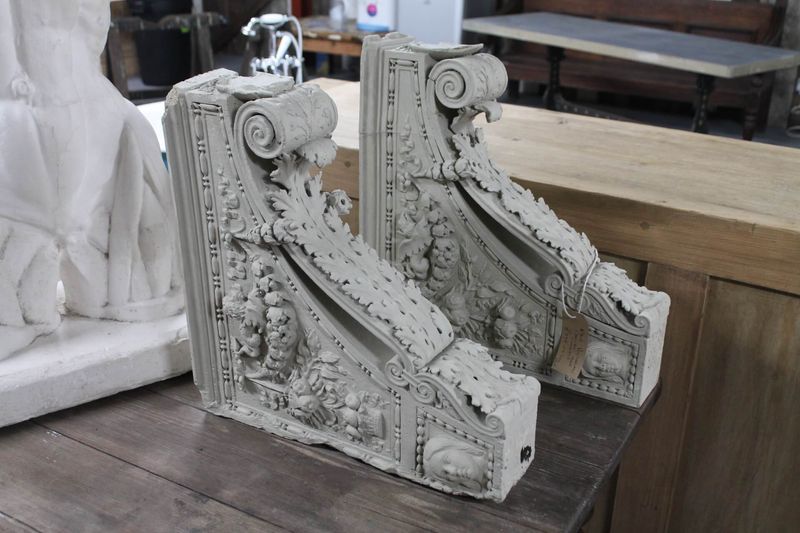
Fragments of the past—weathered corbels, chippy columns, and iron fence sections—anchor new gardens in historical authenticity. Victorian gardeners incorporated classical elements; today’s enthusiasts hunt architectural salvage yards for similar treasures.
A century-old finial becomes a focal point. Crumbling brick pavers form meandering paths. Even simple clay drainage tiles transform into charming planters. These elements bring instant age to fresh landscapes, their worn surfaces and imperfections telling stories no pristine new materials could whisper.
13. Pressed Flower Art Preserves Garden Memories

Victorian parlors showcased nature’s beauty through pressed botanical specimens—a tradition enjoying passionate revival. Modern gardeners collect blooms and foliage throughout seasons, preserving memories between glass frames or heavy books.
These fragile time capsules become wall art, greeting cards, or journal decorations. Unlike photographs, pressed specimens retain subtle textures and translucent qualities that change as they age.
The slow, deliberate process of collecting and pressing connects gardeners to Victorian sensibilities—finding beauty in impermanence and honoring each blossom’s brief perfection.
14. Night-Scented Gardens Enchant After Sunset
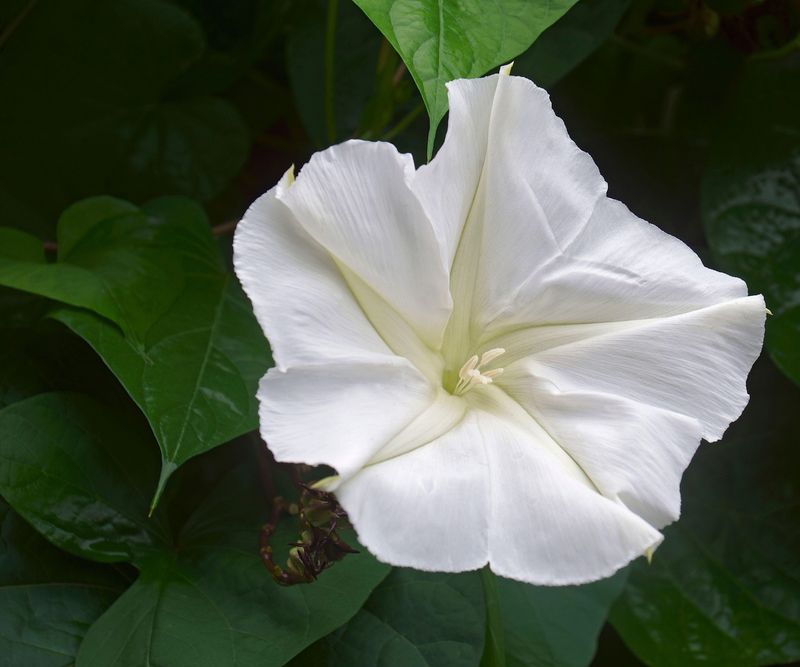
Evening gardens designed for fragrance rather than visual impact resurrect Victorian fascination with night-blooming plants. Moonflowers unfurl dramatically at dusk while night-scented stocks and evening primrose release intoxicating perfumes after sundown.
Planted near patios or beneath bedroom windows, these aromatic performers transform ordinary evenings into sensory experiences. White and pale yellow blooms that glow in moonlight guide twilight garden wanderers.
This emphasis on scent over sight connects directly to Victorian garden traditions, when evening strolls through perfumed pathways offered romantic opportunities away from watchful chaperones.
15. Romantic Garden Accessories Complete The Experience
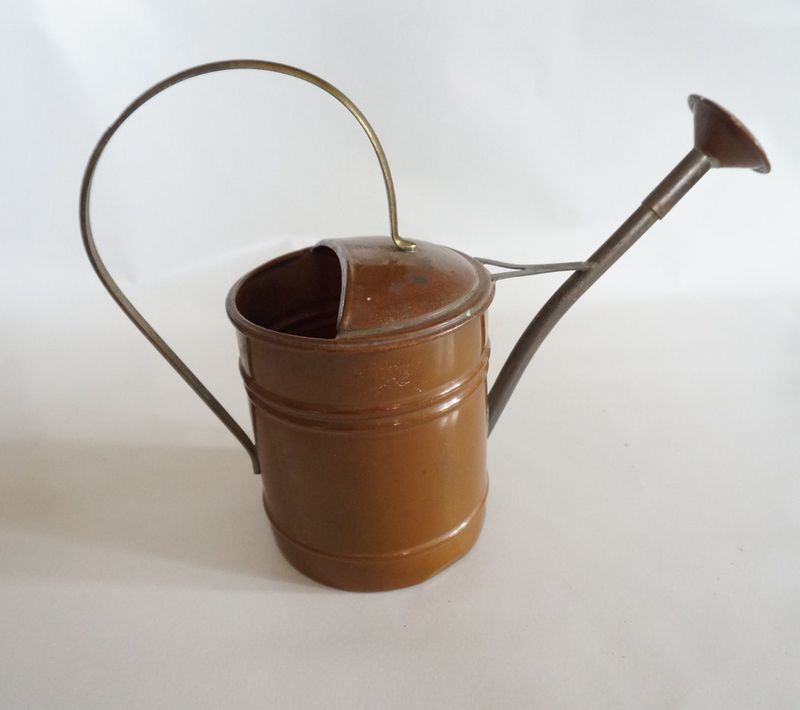
Copper watering cans with graceful necks, handcrafted wooden plant labels, and woven willow baskets aren’t just tools—they’re garden jewelry. These functional accessories echo Victorian sensibilities where even utilitarian objects deserved beautiful design.
Wide-brimmed straw hats hang from pegs beside leather-bound garden journals. Handmade trowels develop patina with each season’s use.
Their presence transforms ordinary maintenance into ritualistic caretaking—a mindful approach the Victorians would recognize.
16. Softened Edges Blur Boundaries Between Wild And Tamed
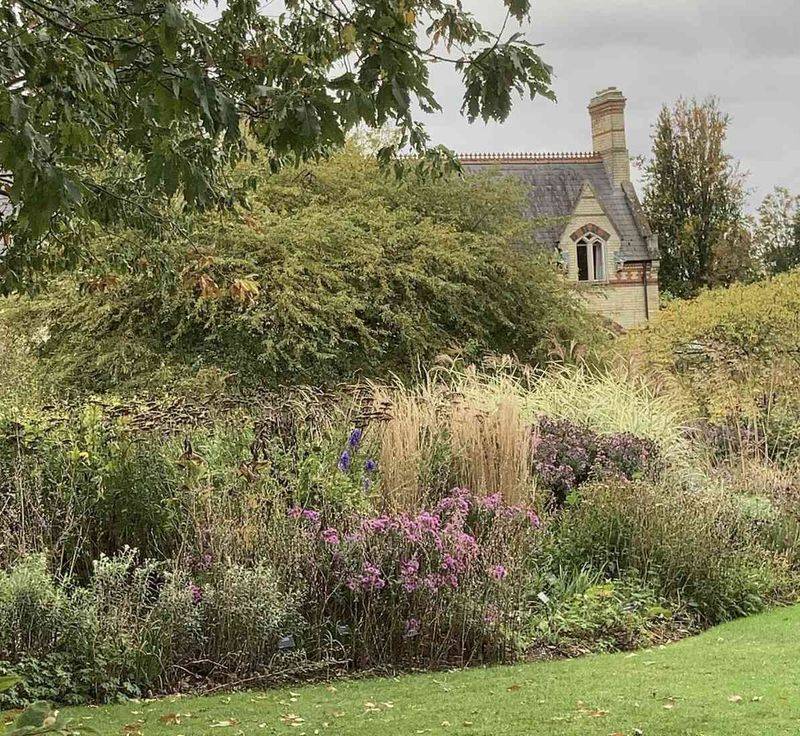
Garden borders spilling onto pathways—where cultivated meets wild—capture Victorian gardening’s most revolutionary comeback. Perennials tumbling beyond their allotted spaces create living paintings that shift with weather and seasons.
Self-seeding nigella and poppies appear in unexpected places. Strawberries escape beds to fruit between stepping stones. This controlled dishevelment stands against decades of tightly clipped perfection, embracing nature’s desire to wander.
The resulting gardens feel established, generous, and slightly mysterious—as if they’ve always existed and might continue without us.

